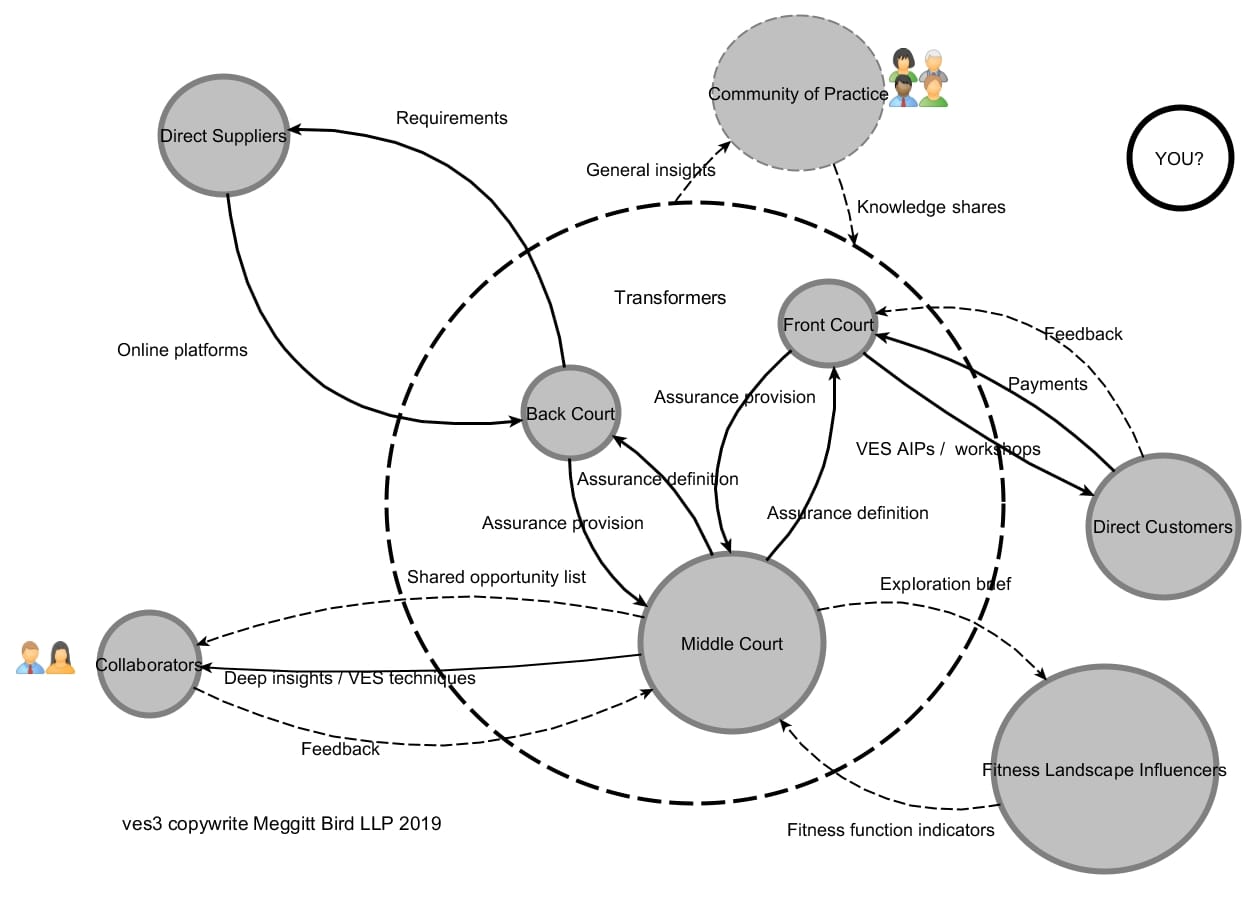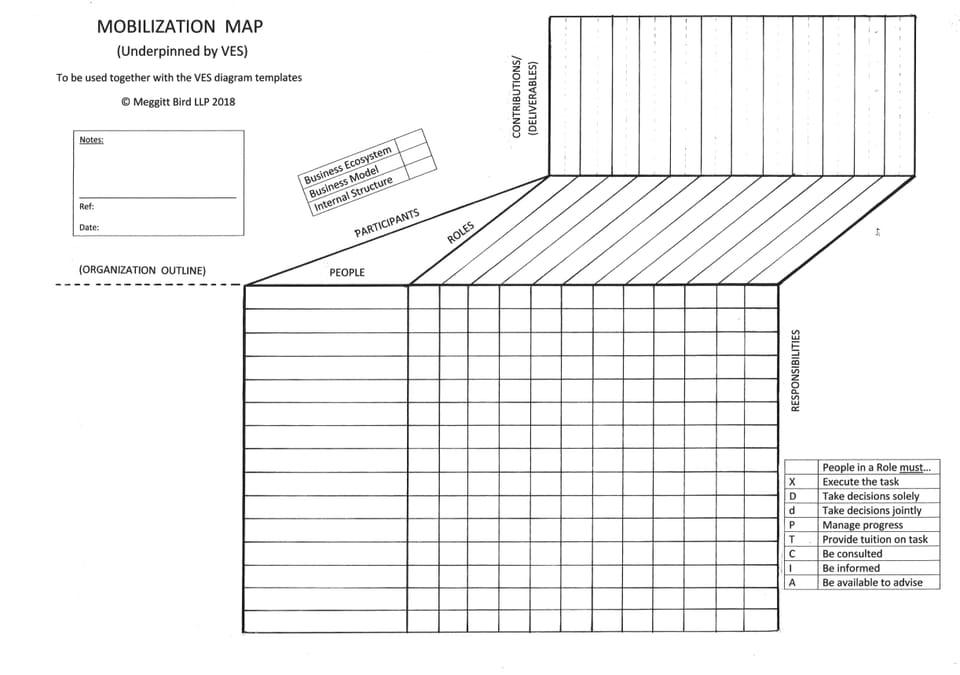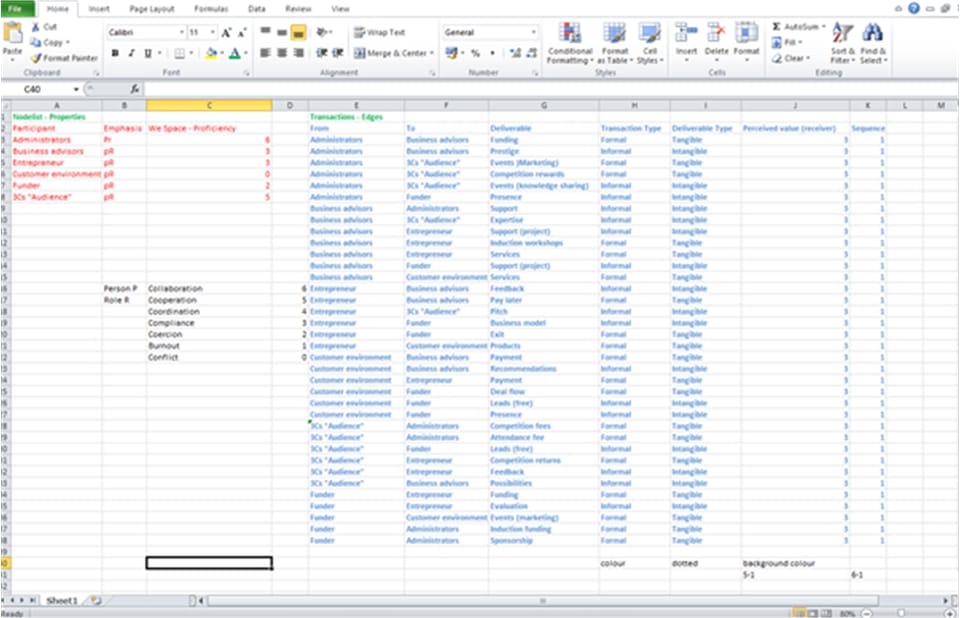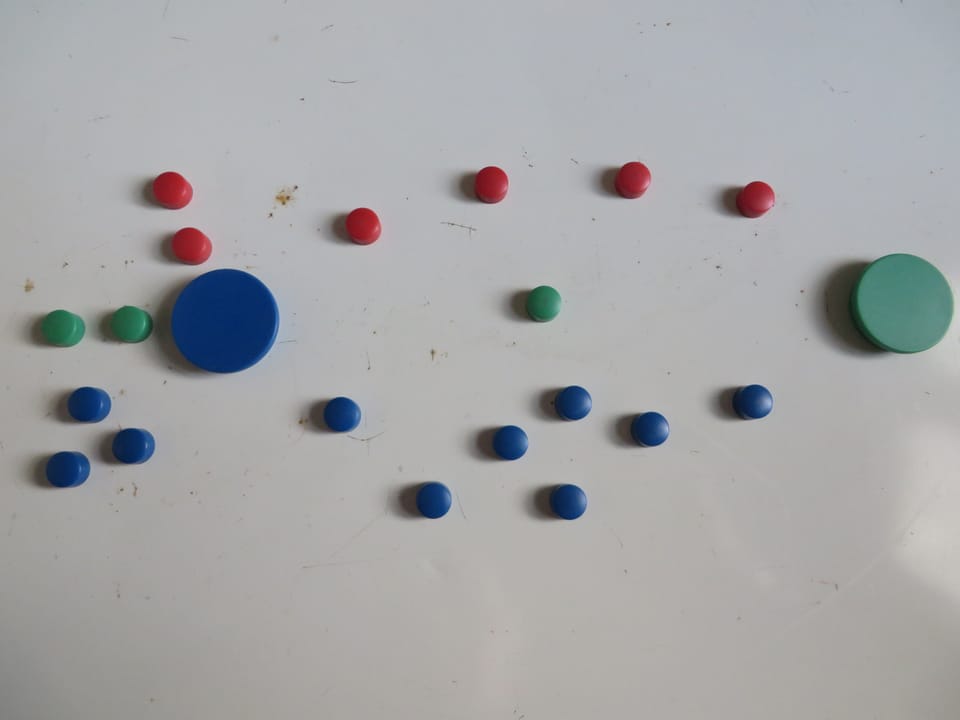Constructing a VES diagram (H6) - Type 2

Note: The concept of the Templates and slides are based on proprietary methods developed by Christie Sarri © 2016. All rights reserved.
VES provides three templates as an aid to expressing business models. In W3, the term "business model" is used to include the full range of an enterprise's activity, from its internal transactions, via the value network to the outer extremities of its business ecosystem.
For convenience, in the templates following, the business model is taken as just referring to the enterprise level and is described as:
· Business Model (ves 1a, ves 1b and ves 1ab)
· Business Ecosystem (ves 2)
· Internal Transactions (ves 3)
All templates have the same format. Participants are represented as circles and value transactions as arrows. Ves 1ab and ves 2 show both formal and informal value transactions, whilst ves 3 omits any informal ones for clarity. To provide a sense of zooming in and out, the spacing of the grid lines is shown either wider or closer respectively. The different sizes and shadings of the circles can be used to emphasize the relative importance or significance of Participants.
Their aim is to initiate discussions on the inner workings of an organization, while also gaining the experience and confidence to represent this complex process in a straightforward yet impactful manner. The number of circles should be restricted to about seven or so, as this relates to the number of entities that the human brain can conveniently hold at one time. To accomplish this, Participants can be grouped together initially and then depicted separately in a more detailed diagram at a lower level. This technique is entirely consistent with VES’s properties as a systems approach (W4).
Most importantly, VES frees the informal networks that intertwine with formal processes, thus invigorating human collective intelligence and effort.
The annotations located at the lower right corner can be used to cross-relate each template with elements used in the Business Model Canvas.
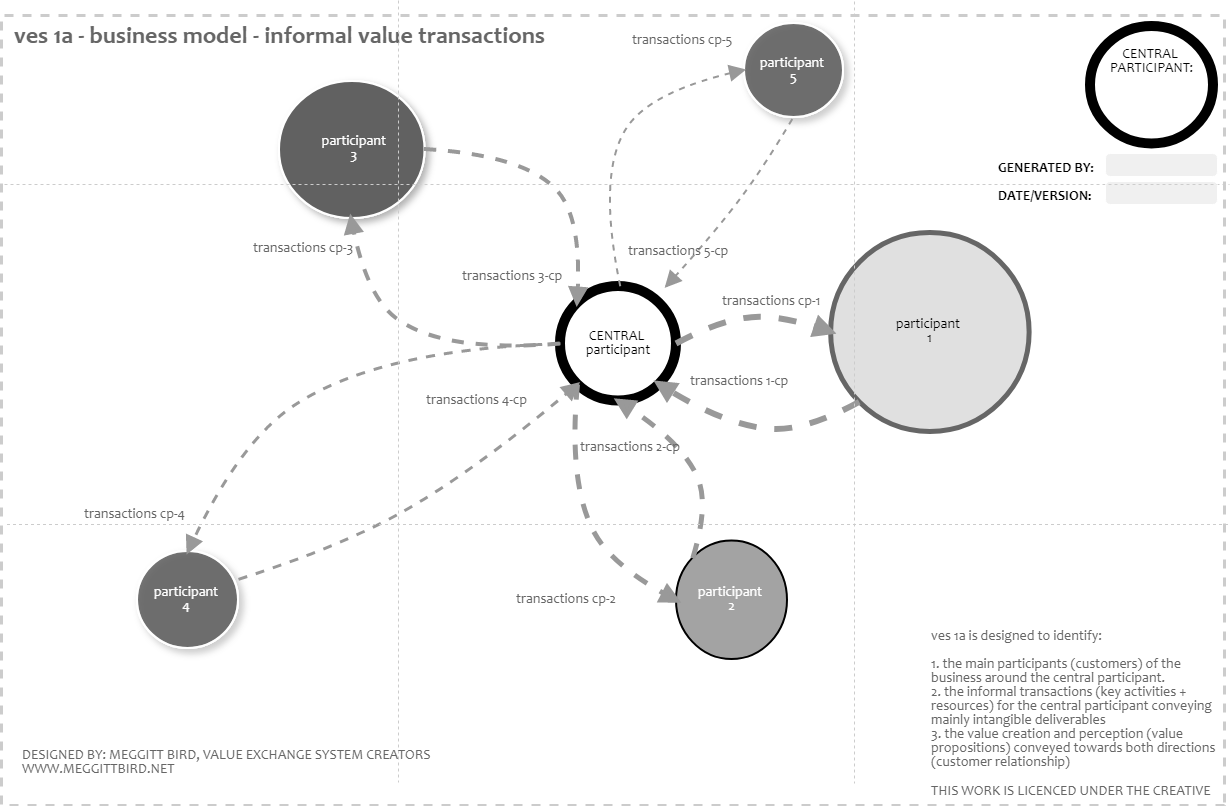
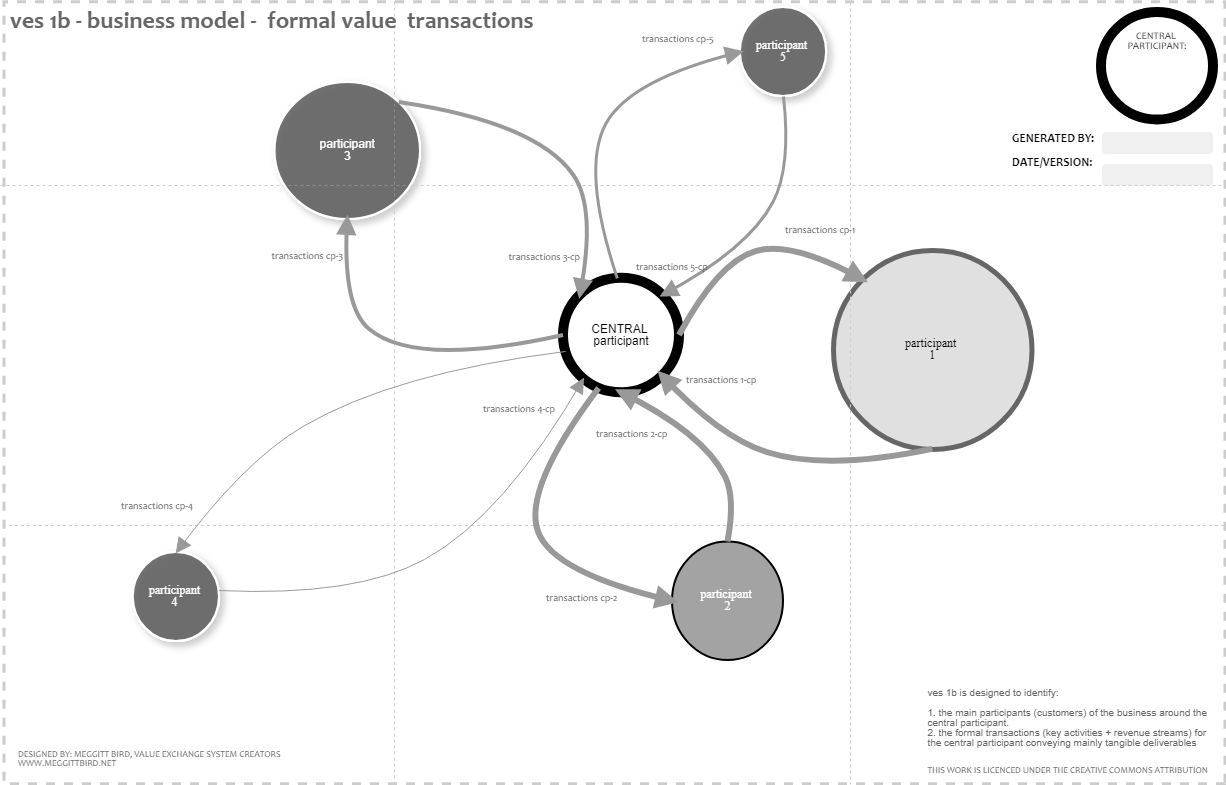
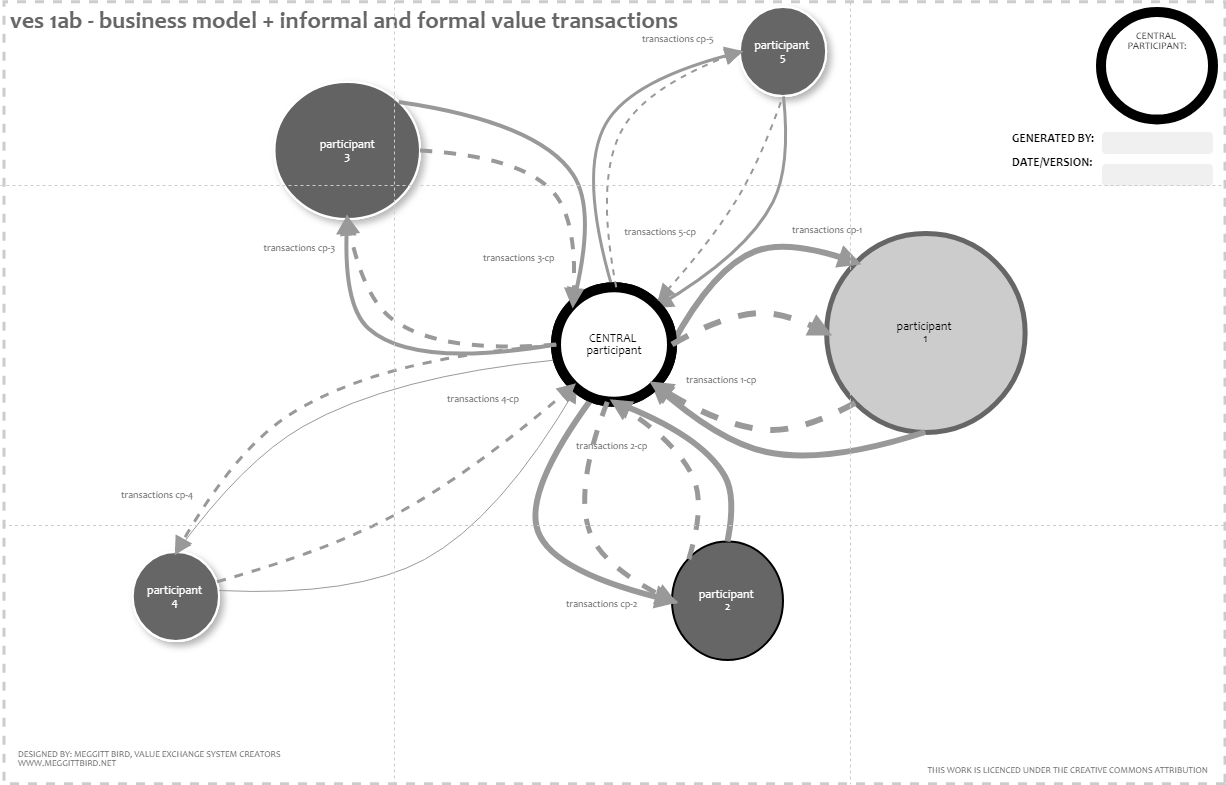
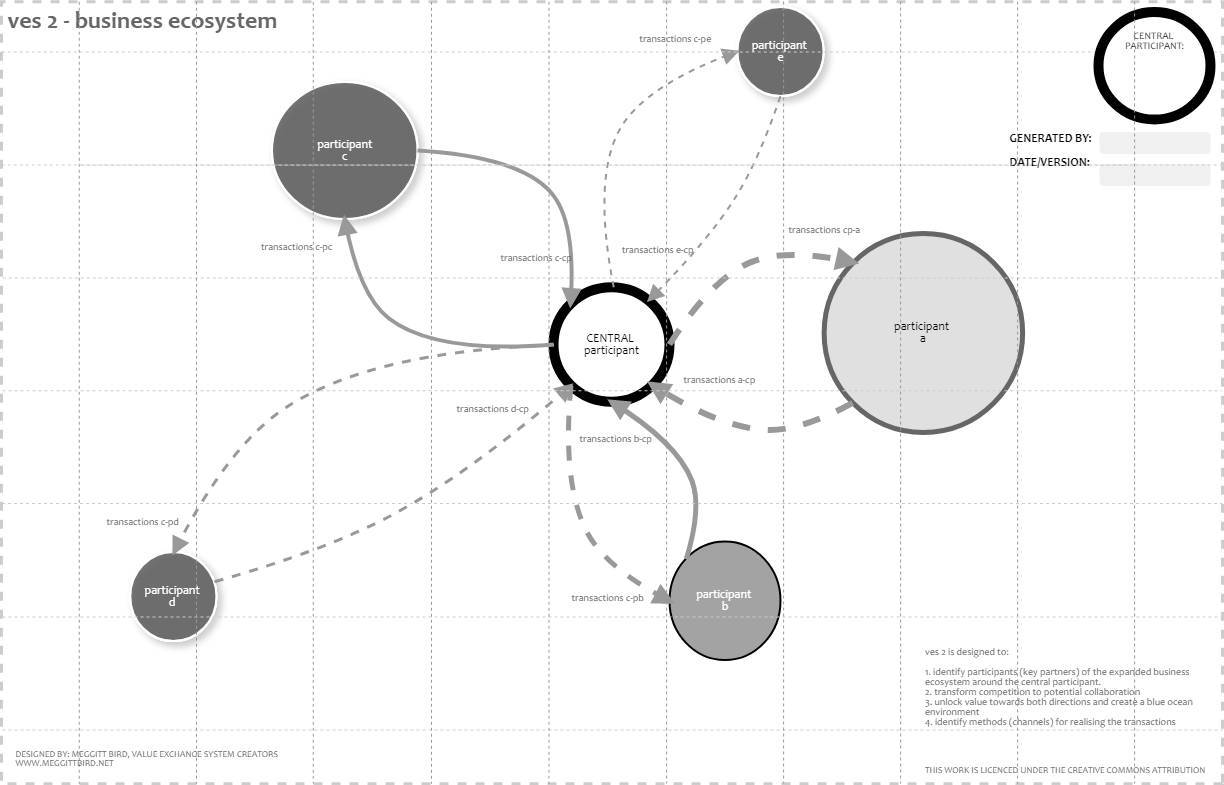
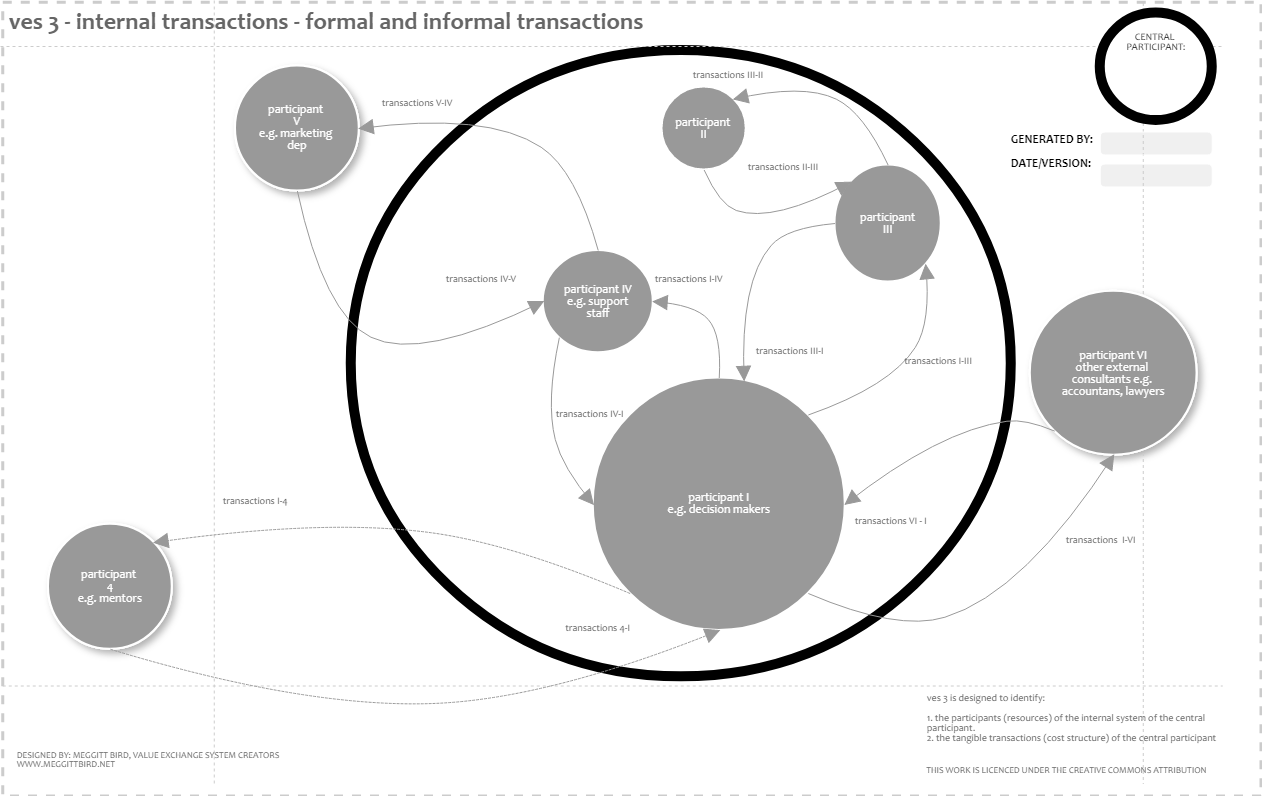
Here's an illustration of how a template can be employed to craft a business model. The Participants enclosed within the dotted circle represent, in a general sense, the three primary categories of activities within a company.
